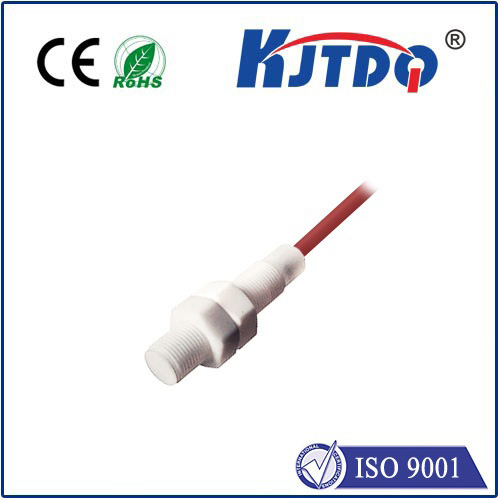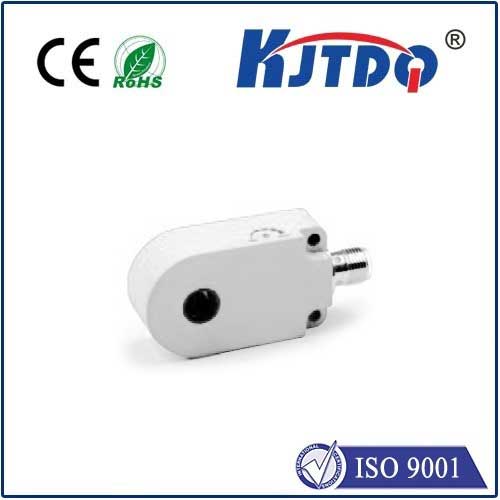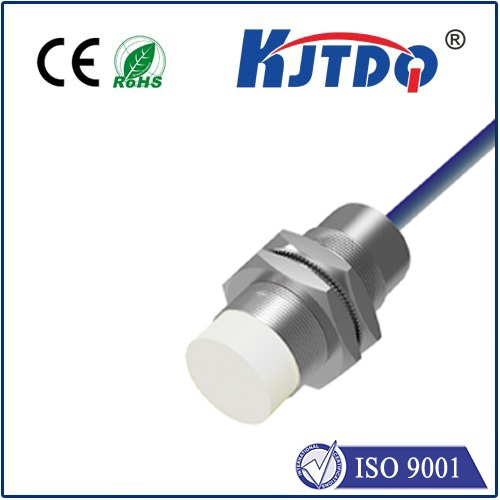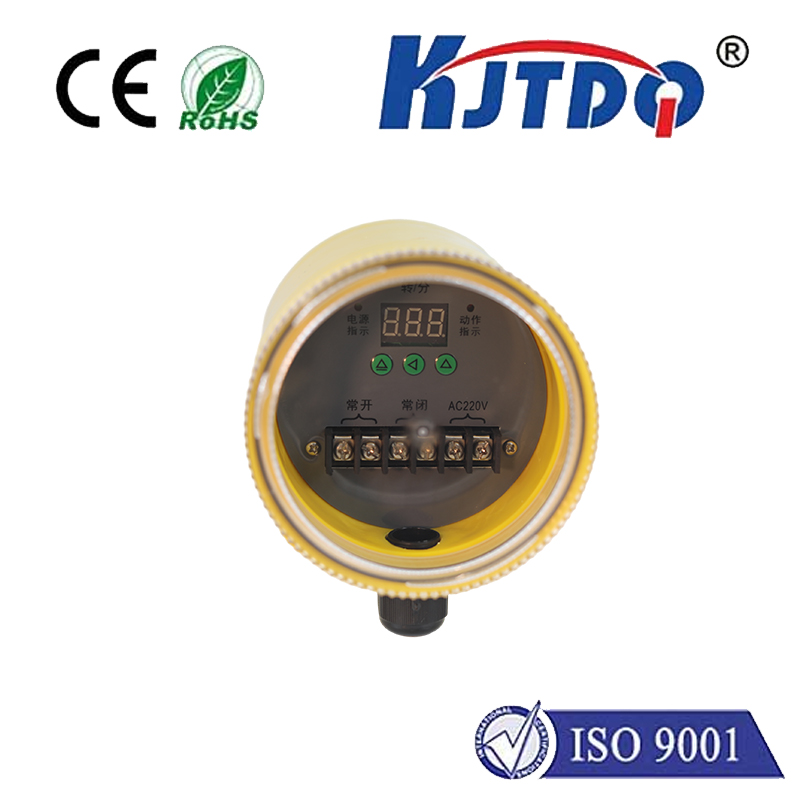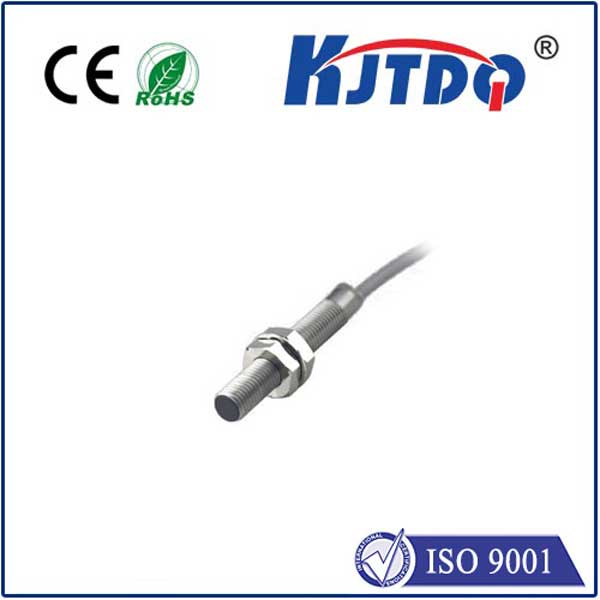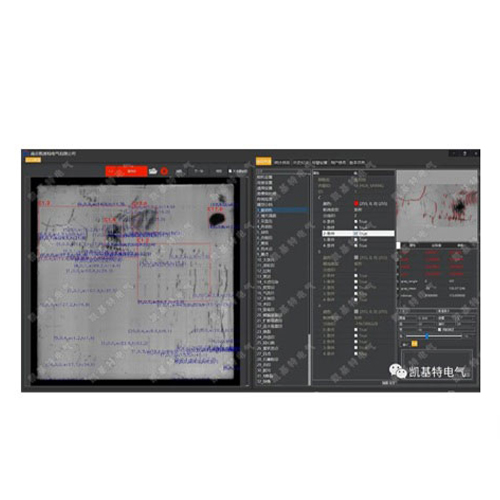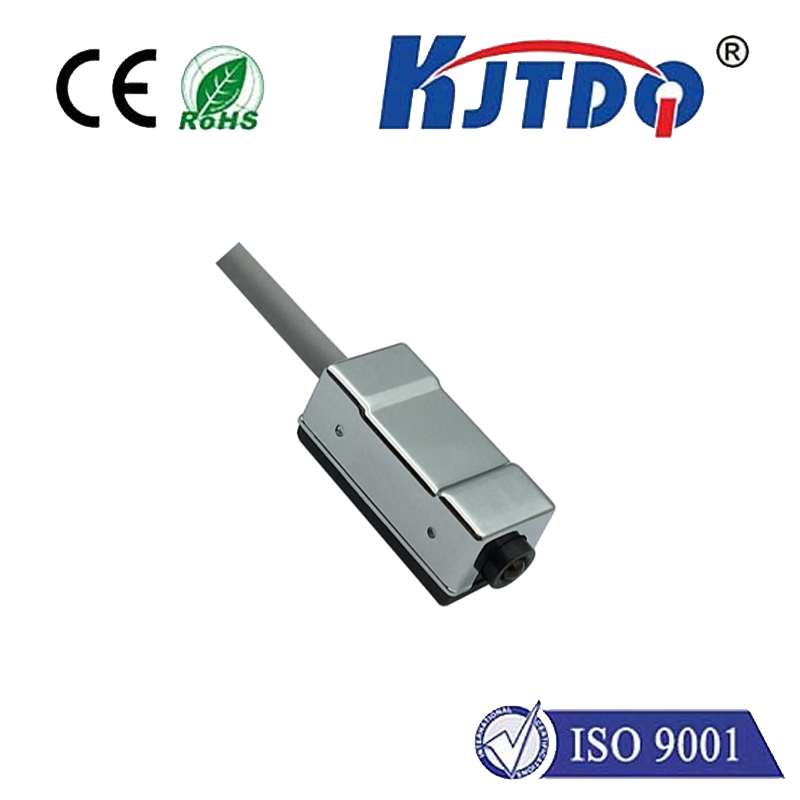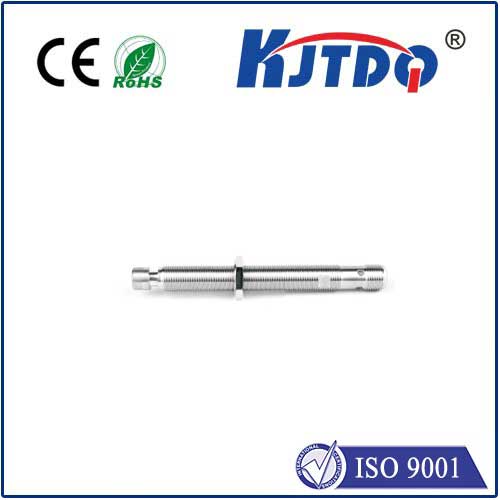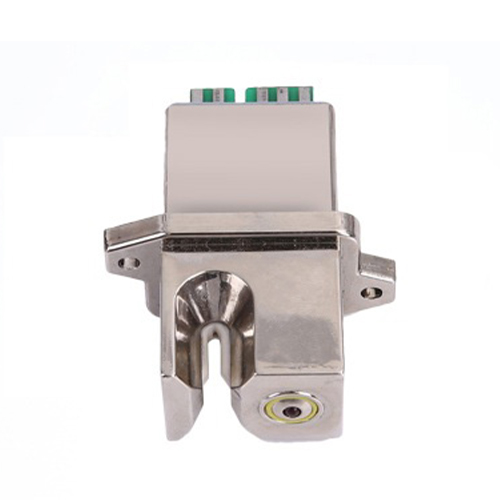acoustic proximity sensor
- time:2025-07-07 14:56:10
- Click:0
The Complete Guide to Acoustic Proximity Sensors: How Sound Waves Revolutionize Detection
Imagine a world where machines perceive nearby objects not through light, but through sound. Where distance is measured not by lasers, but by listening to echoes. This is the precise realm of acoustic proximity sensors – versatile, reliable, and often surprisingly cost-effective tools transforming countless industries. Unlike their optical counterparts that struggle with dust, fog, or darkness, these sensors harness the power of sound waves to detect presence, measure distance, and navigate environments. From ensuring your car parks safely to monitoring liquid levels in massive tanks, acoustic proximity detection offers a unique and powerful solution to the fundamental challenge of non-contact sensing.
Understanding the Fundamentals: Echoes as Information
At its core, an acoustic proximity sensor, often specifically termed an ultrasonic sensor, operates on a principle remarkably similar to echolocation used by bats or dolphins. Here’s the simplified breakdown:
- Emission: The sensor contains a piezoelectric transducer that generates high-frequency sound waves, typically in the ultrasonic range (above 20 kHz, and often 40 kHz or higher), making them inaudible to humans.
- Propagation: These emitted sound waves travel through the air (or sometimes another medium) away from the sensor.
- Reflection: When the sound waves encounter an object within their path, a portion of the energy is reflected back towards the sensor.
- Reception: A receiver component (often the same transducer operating in reverse, or a separate one) detects this returning echo.
- Calculation: The sensor’s internal electronics precisely measure the time interval between the emission of the pulse and the reception of the echo. Since the speed of sound in air is relatively constant (approximately 343 meters per second at 20°C), this time-of-flight (ToF) measurement allows the sensor to calculate the distance to the object using a simple formula: Distance = (Speed of Sound × Time of Flight) / 2.
- Output: The calculated distance (or simply a presence/non-presence signal based on a predefined threshold) is then provided as an output, typically analog (e.g., 0-10V, 4-20mA) or digital (e.g., switching signal, serial data, IO-Link).
This elegant mechanism allows acoustic proximity sensors to function effectively in challenging conditions where visual methods falter.

Where Acoustic Proximity Sensors Truly Shine: Key Applications
The robustness and non-contact nature of ultrasonic sensing make it indispensable in diverse scenarios:
- Automotive Safety: Ultrasonic sensors are the backbone of parking assistance systems (“parking sensors”), detecting obstacles curbs or other vehicles during low-speed maneuvers. Their ability to function regardless of light conditions and handle dirt/splash is crucial.
- Industrial Automation: On factory floors, they excel at:
- Object Detection: Verifying the presence or absence of parts on conveyors, pallets, or in bins.
- Liquid Level Monitoring: Measuring the level of liquids (including opaque, foamy, or corrosive ones) in tanks, silos, or reservoirs with high accuracy and without contacting the media. This is a major strength.
- Height Control: Maintaining consistent material height in hoppers or controlling stacking heights.
- Position Control: Guiding cranes, gantries, or robotic arms.
- Robotics & AGVs (Automated Guided Vehicles): Robots use acoustic sensors for basic obstacle avoidance, navigation in semi-structured environments, and proximity warnings during collaborative tasks.
- Medical Devices: Used in applications like non-contact distance measurement for patient positioning or specialized equipment.
- Consumer Electronics & Smart Homes: Found in touchless faucets, automatic hand dryers, robotic vacuum cleaners (cliff detection and obstacle avoidance), and smart lighting controls.
- Process Control: Monitoring fill levels in bottling lines, detecting web breaks, or controlling tension.
The Compelling Advantages: Why Choose Sound?
- Material Insensitivity (Generally): Acoustic proximity sensors detect most solid and liquid objects regardless of their color, transparency, or surface texture. They work reliably with wood, metal, plastic, glass, liquids, textiles, and more. This contrasts sharply with optical sensors that can be confused by transparency or specific colors.
- Robustness in Challenging Environments: Highly effective in environments plagued by dust, smoke, fog, steam, and varying light levels (including total darkness) where optical sensors (photoelectric, laser) struggle or fail.
- Non-Contact Measurement: The sensing method requires no physical contact with the target object, eliminating wear and tear and preventing contamination. This makes them ideal for hygienic applications or handling delicate materials.
- Penetration of Certain Materials: Sound waves can penetrate thin layers of certain materials (like plastic bags or light foam), allowing detection of objects behind them, which is impossible for most optical sensors.
- Relatively Cost-Effective: For their capabilities, especially in level sensing and robust object detection, ultrasonic sensors often offer an excellent balance of performance and cost.
- Wide Sensing Ranges: Available in models capable of detecting objects from a few centimeters up to several meters away, offering significant flexibility.
Important Considerations and Limitations
While powerful, acoustic proximity technology isn’t a universal solution. Key factors to consider:
- Target Surface: Extremely soft, sound-absorbing materials (like thick felt or foam) or sharply angled surfaces can significantly weaken the echo signal, potentially causing detection issues. Large, flat surfaces perpendicular to the sensor provide the best echo.
- Temperature Dependence: The speed of sound changes with air temperature. While many modern sensors incorporate automatic temperature compensation (ATC), significant, rapid temperature fluctuations can still impact accuracy if compensation isn’t instantaneous enough. Vacuum or pure gas environments where sound cannot propagate are unusable.
- Wind and Airflow: Strong air currents or turbulent airflow can deflect sound waves, potentially leading to measurement errors or false signals. Enclosed installations mitigate this.
- Acoustic Interference: Operating multiple ultrasonic sensors close together, or the presence of other loud ultrasonic noise sources (e.g., high-pressure air leaks, other machinery), can cause crosstalk and interference. Careful mounting, shielding, or sequential activation techniques are often employed.
- Slow Moving Targets: The finite speed of sound imposes a fundamental limit on update rate. While fine for most industrial speeds, tracking extremely fast-moving objects (e.g., bullets) is impossible. The maximum range is ultimately limited by the decay of the sound wave over distance and background noise.
Selecting the Right Sensor: Key Factors
Choosing the optimal acoustic proximity sensor involves evaluating:
- Required Range: Minimum and maximum detection distances.
- Target Properties: Size, material, surface characteristics.
- Operating Environment: Temperature range, presence of dust/moisture/chemicals, airflow, potential acoustic noise.
- Accuracy & Resolution Needs: How precise must the distance measurement be?
- Output Requirements: Analog signal (current/voltage for distance), discrete switch (on/off), digital communication (IO-Link, serial).
- **Size and













